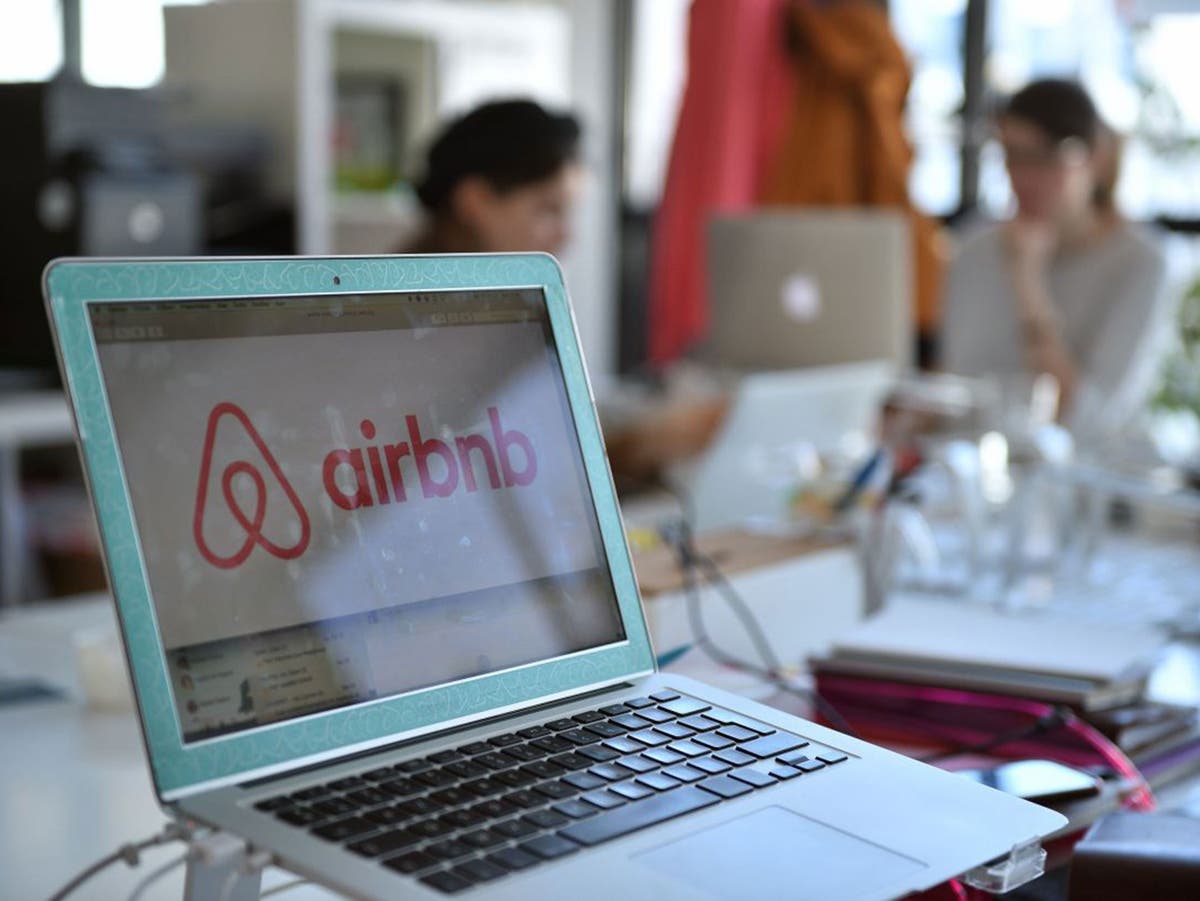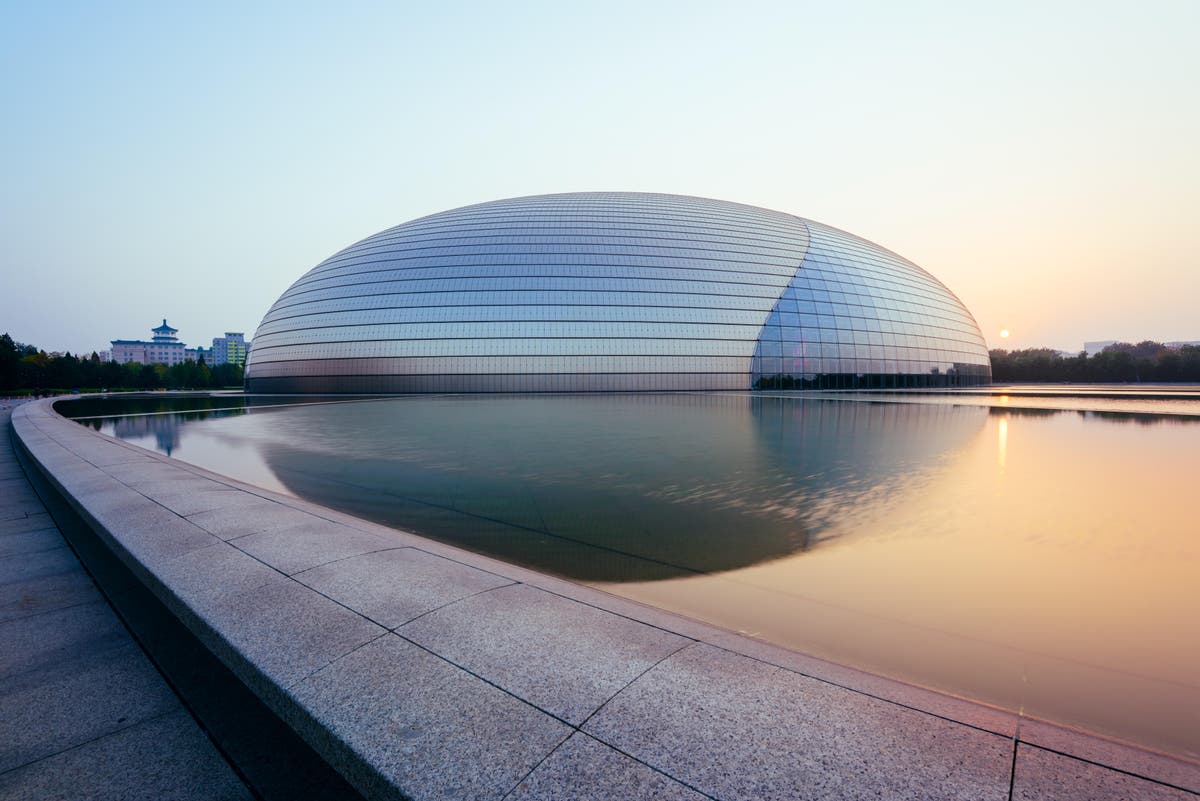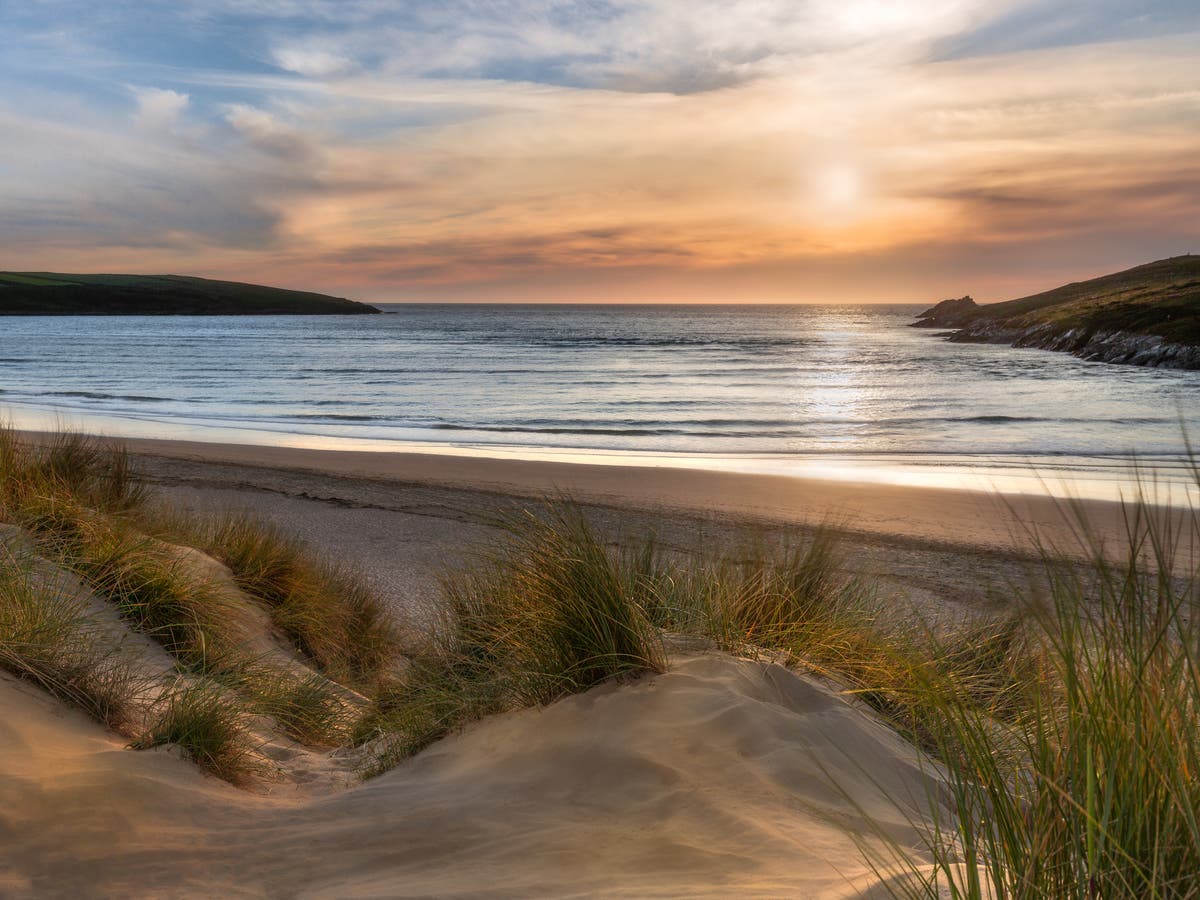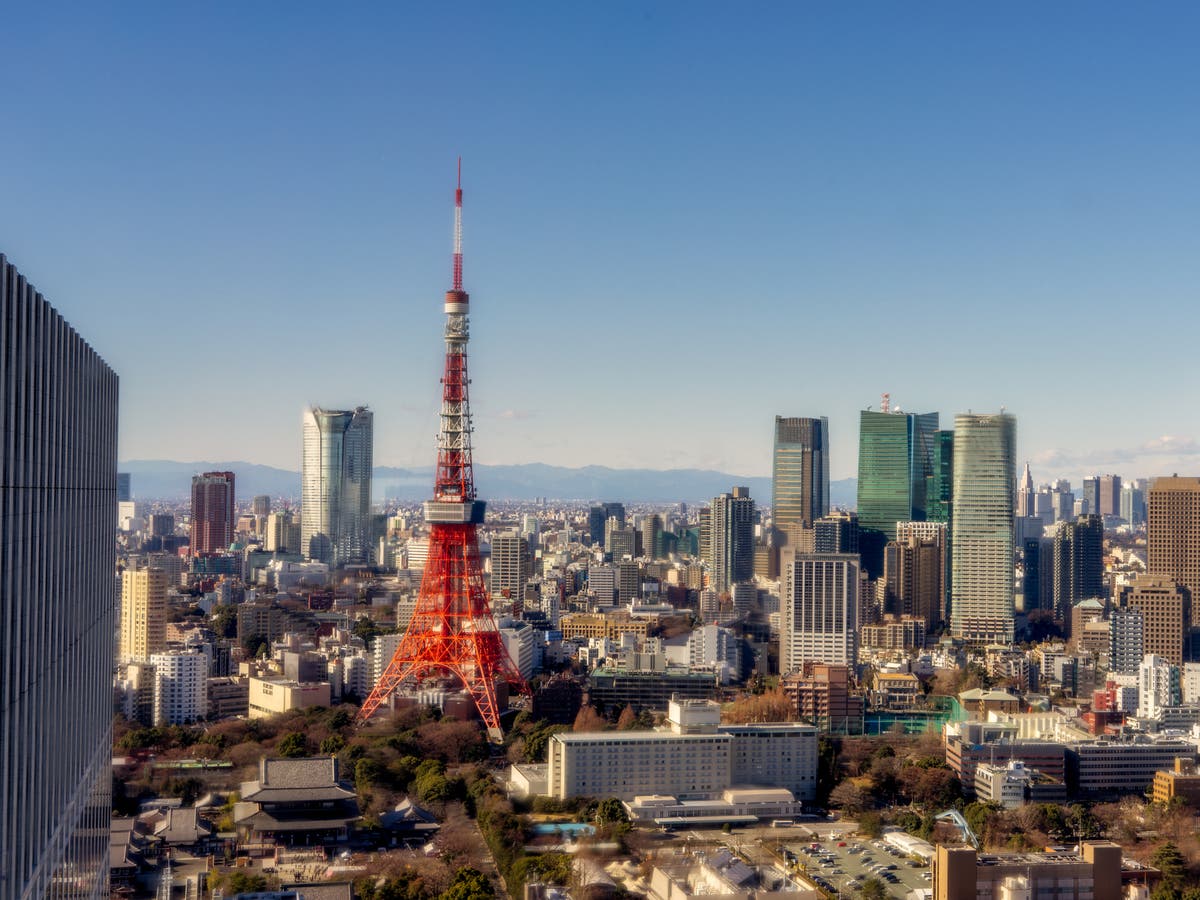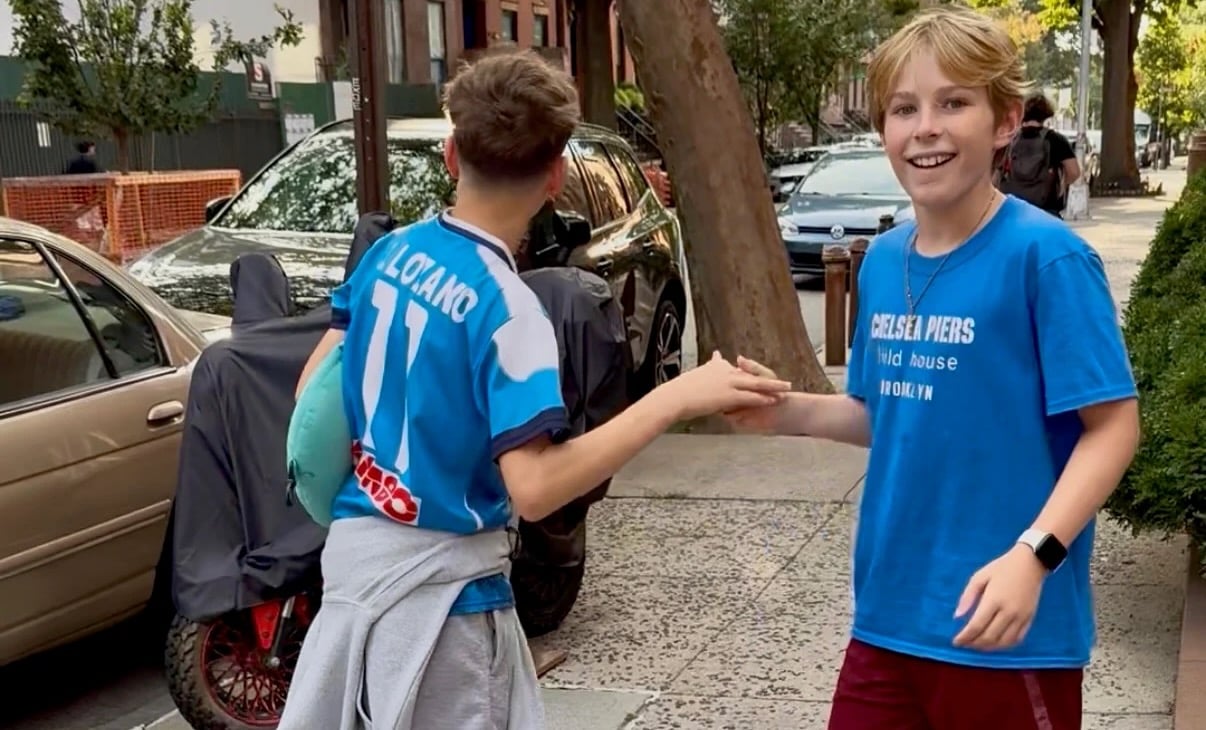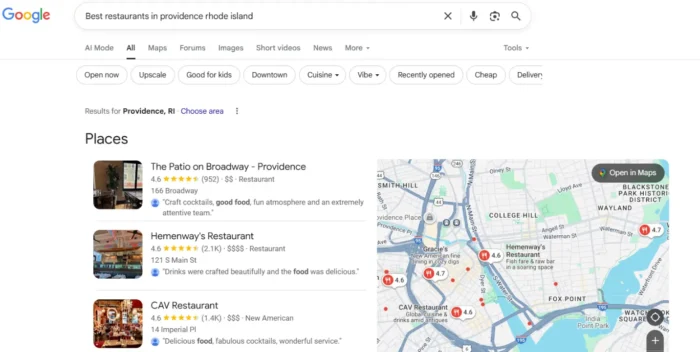Stop Popping Your Sunburn Blisters
Severe sunburns come with a variety of symptoms and issues, from nausea to bright red skin—they can even require medical intervention. They can also come with blisters, which require their own care and treatment. Caring for sunburn blisters is...
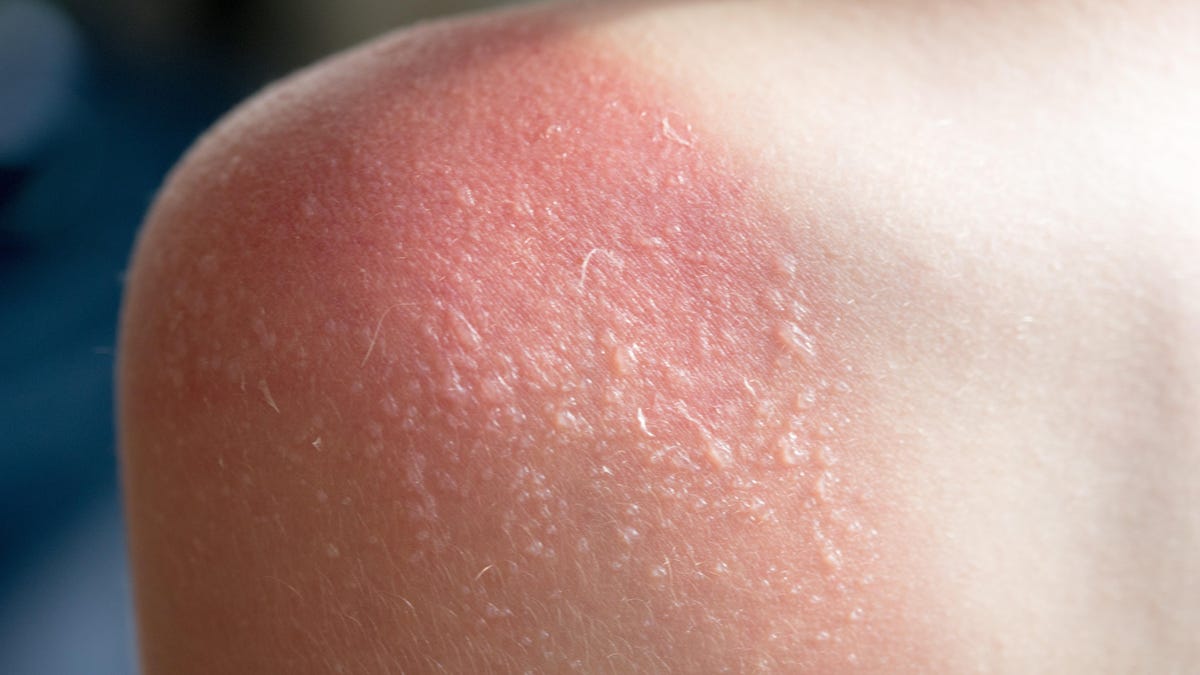

Photo: Irishasel (Shutterstock)
Severe sunburns come with a variety of symptoms and issues, from nausea to bright red skin—they can even require medical intervention. They can also come with blisters, which require their own care and treatment. Caring for sunburn blisters is tricky, though. They can be numerous, painful, and fragile. Here’s how to treat them at home.
Never pop sunburn blisters
You probably already know you shouldn’t pop blisters or mess with any kind of lesion or cut, but it’s worth repeating here. Mayo Clinic is clear on this: When you have a sunburn, “leave blisters alone.” An intact blister helps the skin heal and a burst one will not only be more painful, but leaves your skin even more open to contaminants.
Your blisters may pop on their own, of course. Sunburn blisters can be numerous, as you can see in the photo above, and it’s unlikely you’ll be able to keep all of them intact as you go about your day. If popping happens, Mayo recommends trimming the dead skin with a clean (but small) pair of scissors, then gently cleaning the area with mild soap and water. Next comes an antibiotic ointment and a Band-Aid, to stop any germs from getting at that fresh, broken skin.
How to treat sunburn blisters
Sunburns can dehydrate you, according to Healthline, and dehydration can actually prevent the blisters from healing. Drink lots of water to prevent dehydration and all the annoying side effects that come with it. (Drinking more water in general is just a good practice.)
For some relief, turn to cold, damp compresses, which Healthline advises can “take some of the heat out of your skin.” Be careful with the compresses; don’t use rough rags or push too hard, lest you inadvertently pop a blister. Instead, use gentle movements, direct pressure, and the softest cloth you can find.
Moisturizer with aloe can be applied, but again you must do this gently, and you can take ibuprofen to reduce swelling and overall discomfort. Importantly, you should keep the area(s) with blisters out of the sun until they heel.
Eventually, the blisters will heal and you’ll likely experience some peeling, too. Avoid this fate altogether next time by getting a high-SPF sunscreen and covering your skin in the sun when possible.

 Fransebas
Fransebas 







